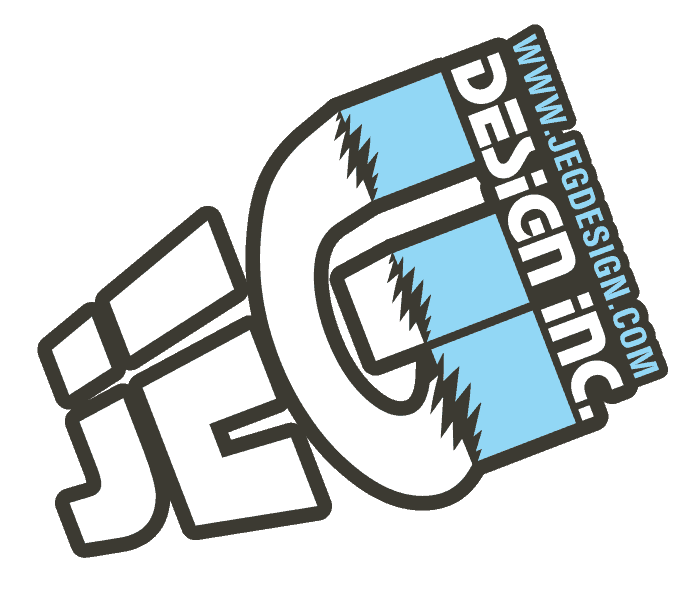If you remember, and I wouldn’t blame you if you don’t — the origin of these blogs was a road trip with my wife when she asked me about whether or not I’ve heard of the Design Thinking Process?
Fast forward four blogs later, and here we are — the conclusion of said process.
In the beginning, there was empathy. Understanding the client, what a day in their life is like, who they are looking to attract, and why they do what they do.
After empathy came to define, it’s after you consumed all you could about your client and then described it all in your own words.
Then came ideation — the creation of ideas. No matter how small or absurd, your job during this phase is to do nothing more than create as many ideas as your team can.
And the penultimate phase of the Design Thinking Process is the prototype. When you take the three best ideas your team produced, turn them into a process, a device, or some physical, tangible thing to be accessed, evaluated, and ultimately, in this final phase of the Design Thinking Process — Tested.
Today, for our finale, we will stick with what we did in all those previous posts — break down what the Hasso Plattner Institute of Design at Stanford definitions of:
- What is the Test Phase
- Why the Test Phase
- How to Implement the Test Phase
And to conclude, we will show you how to make the Design Thinking Process your own.
That’s the good news. The bad news is, well, you may find out after reading this that you’re going to need to start all over.
Why? Well, to answer that, we must first tell you…
What is the Test Phase?
First, we need to establish a theme for this phase — when you think Testing, I want you to think of opportunity. It’s an opportunity to get feedback — a chance to gauge the consumer’s reaction to the prototypes you created in the previous phase. However, it may sting a little.
When you’re asking for feedback, you need to be assured this is genuine. It’s not cajoling because the client knows how hard you worked. It’s the brutal truth. It’s finding out what you did right so you can do more of it. And it’s finding out what doesn’t work so you can repair it. This final phase embodies everything the Design Thinking Process is.
The Test phase is your opportunity to find out more about your client/customer. This is when they can take what you surmised was their issue(s), and you presented a solution, your solution. And no matter if their feedback informs you of where you succeeded or failed, you need to have one question at the ready — why?
- Why does this work?
- Why doesn’t this work?
- Why do you want this replaced?
- Why do you want to see more of this? Etc.
This is what the Test phase brings to you. And now, let’s tell you…
Why the Test Phase?
Years ago, I was writing radio commercials for various industries with an assortment of owners and executives. No matter the size of the business, or the revenue they generated, there was a common occurrence when it came time to write their commercial — I would ask what they would like for it to say, and they would all, in some flavor, say the following — “I don’t know, you’re the writer.”
So, I would hurry back to the office and write out a 30 or 60-second commercial and shoot it over to the client for review. It wouldn’t take long, but just as common as their initial comment about my expertise, I would receive the following — “Oh, I like it. But I know what I want it to say now.”
The following day I would receive either a very long or very short version of a script loaded with cliches and sounding exactly like the same commercials we’ve all heard a million times over.
Why do I tell you this story? Because this is precisely why you Test.
Testing, according to Hasso Plattner, allows you:
- To refine prototypes and solutions. I like to ask my clients if I “hit a home run, a double, a ground ball to shortstop, or struck out on three pitches.” This is my pithy way to find out how much needs to be revised.
- To learn more about your user. Testing will show the client how hard you did (or didn’t work) on the prototype. It can either create more of a bond between you and them or possibly allow them to move on.
- To refine your POV. This is more in line with whether or not you struck out on three pitches. If you did, it tells you that you need to go back to the drawing board here and now.
But how?
How to Implement the Test Phase
Testing is the ultimate in execution. Testing is where you stop talking about ideas and instead provide real-world solutions. In other words, this is when you:
- “Show, don’t tell”
- Give the client the experience of your solution
- And finally, Testing is where you ask your audience to compare
Stop telling the client what you’re going to create, and instead, go out and build it. Then show them how awesome it is. Or how much it sucks.
Let them take your solution out for a ride and see what they experience.
And lastly, ask them to compare what you’ve done with what is already out there. Would the client choose your creation as a viable alternative to what is currently on the marketplace?
When it’s all said and done, it’s entirely contingent upon the task at hand. Did you hit a bullseye? Or did you miss the board and hit the poor schlub standing next to the target?
Okay, you got through it all, you got your feedback, now what?
Conclusion
Throughout every stage of the Design Thinking Process:
- Empathize
- Define
- Ideate
- Prototype
- Test
We mentioned how this is all unique to you and your team’s situation. The Design Thinking Process is just that, a process. But how you do it is entirely up to you.
I recently heard a line in the show Ted Lasso — “All people are different people.”
I just love that.
All clients are different clients.
All customers are different customers.
And all situations are different situations.
Remember this the next time you have a project, task, objective, or what have you.
Remember this the next time you have a client or customer that doesn’t know what they want. They just know what they currently possess doesn’t work.
And remember, you’re now equipped with a methodology that takes a deep, intense look at the people you’re dealing with—simultaneously, taking time to develop a well-thought-out solution to their issues.
We hope this helps, and we wish you more than luck with all that you do.
And thank you.
Oh, and if you have any questions about the Vermont website design Thinking Process straight from a web and graphic designer — contact JEG DESIGN INC for your free consultation!
— —
Written by Keith Hannigan. Keith is the co-owner and Chief Writer at SBI Content Creation LLC. SBI Content Creation is a content writing company just outside of Atlanta, Georgia.
— —
Main Post Photo by Joel Filipe on Unsplash



